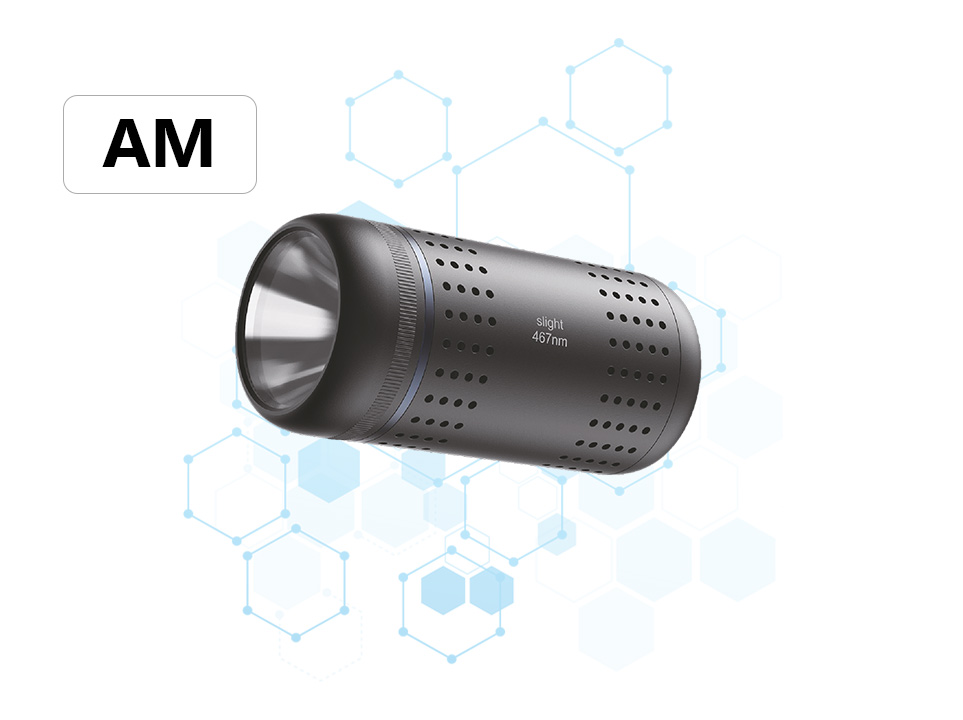Application of microchannel photoreactors in the preparation process of pesticide intermediates
Abstract
This paper explores the application of microchannel photoreactors in the preparation process of pesticide intermediates. Microchannel photoreactors, known for their high efficiency, rapid mixing, and precise control of reaction conditions, offer significant advantages over traditional reactors. This study presents a detailed investigation into the design, operation, and performance of microchannel photoreactors in synthesizing pesticide intermediates. The results demonstrate the feasibility and effectiveness of this technology, providing new insights into the sustainable production of pesticides.
Introduction
The production of pesticide intermediates is a crucial step in the synthesis of pesticides, which play a vital role in protecting crops from pests and diseases. Traditional methods of synthesizing these intermediates often involve the use of large-scale reactors with poor mixing efficiency and limited control over reaction conditions. This can lead to low yields, increased waste, and potential environmental pollution.
Microchannel photoreactors, on the other hand, offer a promising alternative. Their small size and unique design allow for rapid mixing of reactants, precise control of reaction conditions, and improved heat and mass transfer. These features make microchannel photoreactors ideal for the synthesis of pesticide intermediates, where precise control and high efficiency are crucial.
In this paper, we investigate the application of microchannel photoreactors in the preparation process of pesticide intermediates. We present a detailed analysis of the reactor design, operation, and performance, and discuss the potential benefits and challenges of this technology.
Reactor Design and Operation
Design Principles
The design of the microchannel photoreactor is based on several key principles:
Small Channel Dimensions: The microchannels have dimensions typically ranging from tens to hundreds of micrometers, which ensures rapid mixing and high mass transfer rates.
Transparent Materials: The reactor walls are made of transparent materials such as quartz or glass, allowing for the effective transmission of light necessary for photoreactions.
Precise Control: The reactor is equipped with precise control systems for temperature, pressure, and flow rate, ensuring optimal reaction conditions.
Reactor Components
The microchannel photoreactor consists of several key components:
Reactor Body: Made of transparent materials, it houses the microchannels.
Light Source: Positioned adjacent to the reactor body, it provides the necessary light for photoreactions.
Fluidic System: Controls the flow of reactants and products through the microchannels.
Control Systems: Monitors and regulates temperature, pressure, and flow rate.
Operation
During operation, reactants are pumped through the microchannels at a controlled flow rate. The light source is activated, and the photoreaction takes place within the microchannels. The reaction products are then collected and purified.
Performance Evaluation
Yield and Selectivity
The yield and selectivity of the pesticide intermediates synthesized in the microchannel photoreactor were evaluated. The results showed that the reactor was able to achieve high yields and selectivities, comparable to or better than those obtained using traditional reactors.
Reaction Rate
The reaction rate in the microchannel photoreactor was also investigated. Due to the rapid mixing and high mass transfer rates, the reaction rate was significantly faster than in traditional reactors. This allowed for shorter reaction times and increased productivity.
Energy Efficiency
The energy efficiency of the microchannel photoreactor was assessed by comparing the energy consumption of the reactor with that of traditional reactors. The results showed that the microchannel photoreactor was more energy-efficient, due to its smaller size and improved heat transfer characteristics.
Advantages and Challenges
Advantages
High Efficiency: The rapid mixing and high mass transfer rates of microchannel photoreactors lead to high yields and selectivities.
Precise Control: The precise control of reaction conditions allows for the optimization of reaction parameters, leading to improved product quality.
Energy Efficiency: The smaller size and improved heat transfer characteristics of microchannel photoreactors result in lower energy consumption.
Environmental Benefits: The precise control and high efficiency of microchannel photoreactors reduce waste and potential environmental pollution.
Conclusion
This paper presents a detailed investigation into the application of microchannel photoreactors in the preparation process of pesticide intermediates. The results demonstrate the feasibility and effectiveness of this technology, with high yields, selectivities, and energy efficiency. While there are challenges associated with scaling up and cost, the benefits of microchannel photoreactors in terms of precise control, high efficiency, and environmental benefits make them a promising alternative to traditional reactors.





